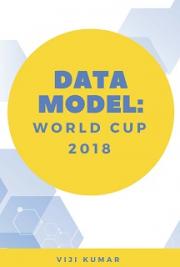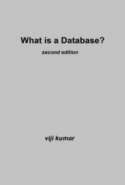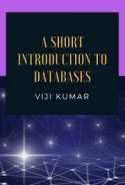Data Model: World Cup 2018

Author: Viji Kumar
Downloads: 150
Visits: 1
Pages: 42
Published: 7 years agoRating: Rated: 0 times Rate It
- 1 star
- 2 stars
- 3 stars
- 4 stars
- 5 stars
Book Description HTML
The aim of this book is to explain, using a data model, how FIFA World Cup tournament data can be used to produce a set of searchable records to document the outcomes of the games played. This will be done by the linking of individual items of information (data) about an entity, e.g. the names of teams, with other items of information e.g. number of games played, goals scored etc. The data of interest are that which enable the deduction of the result of each game. To explain how databases may be constructed in accordance with the data model, I shall work through the creation and population of a database that can be used to document the FIFA World Cup 2018 tournament to be held in Russia. The intention is to use a method that is simple, rigorous and repeatable.


